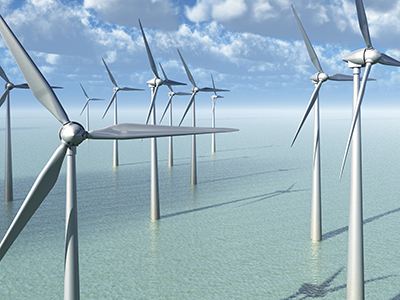Controlling wind farm O&M costs
Global maintenance expenditure on wind turbines is expected to rise substantially from $9.25bn in 2014 to $17bn in 2020, according to a new report. The reason for this dramatic rise? Aging turbines that require costly maintenance and greater numbers of turbine installations as demand for energy increases in line with population growth.
As a result, wind farm operators will be under greater pressure than ever to optimise wind turbine output and minimise machine downtime and maintenance costs. This is especially true for operation and maintenance (O&M) on offshore wind turbines, which costs 2-4 times more than onshore counterparts. In fact, the O&M costs of an offshore wind farm account for a staggering 25 percent of the total cost of operation – compared with 10-15 percent for onshore.
By implementing a proactive, predictive approach to maintenance, operators have the best possible chance of boosting the operational life of wind turbines and maximising wind farm output. One essential method that can contribute to achieving this objective is vibration monitoring using vibration sensors, which are widely used on many wind farm sites because they are an efficient and cost-effective alternative to other market options.
Monitoring the vibration in a wind turbine’s rotating parts enables operations and maintenance teams to take necessary action to repair or replace components before failure occurs. This permits downtime for the purpose of maintenance to be planned, so the amount of time a turbine isn’t operating is minimal. This is especially valuable to an offshore farm, where geographical factors such as long shipping times of replacement parts must be considered.
To learn more about vibration sensors for the wind power industry, please click here.
